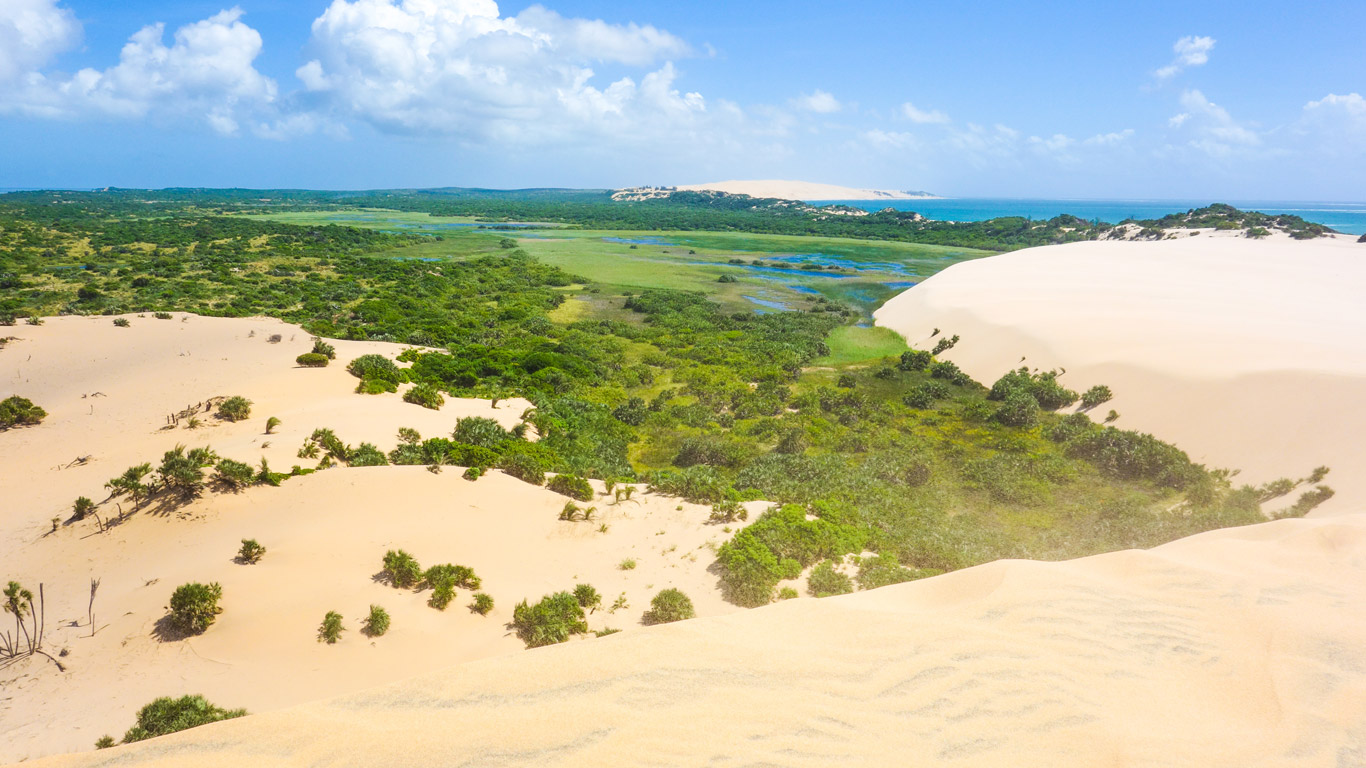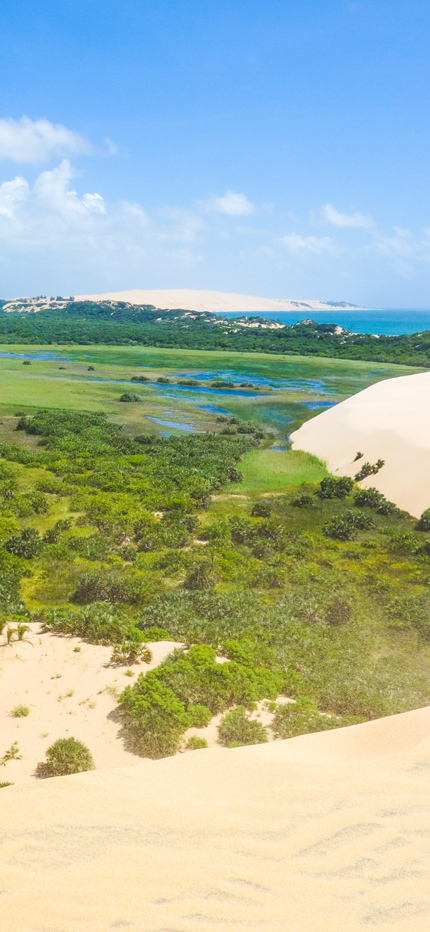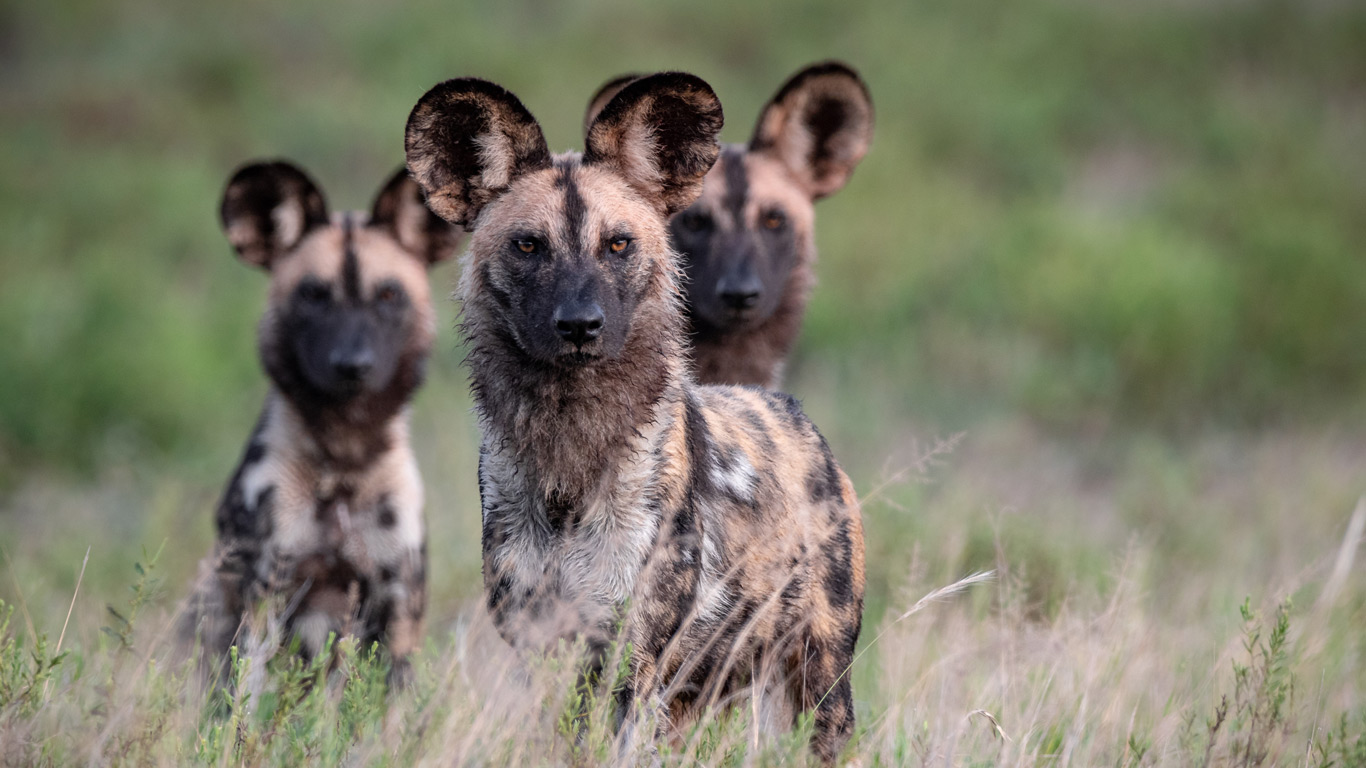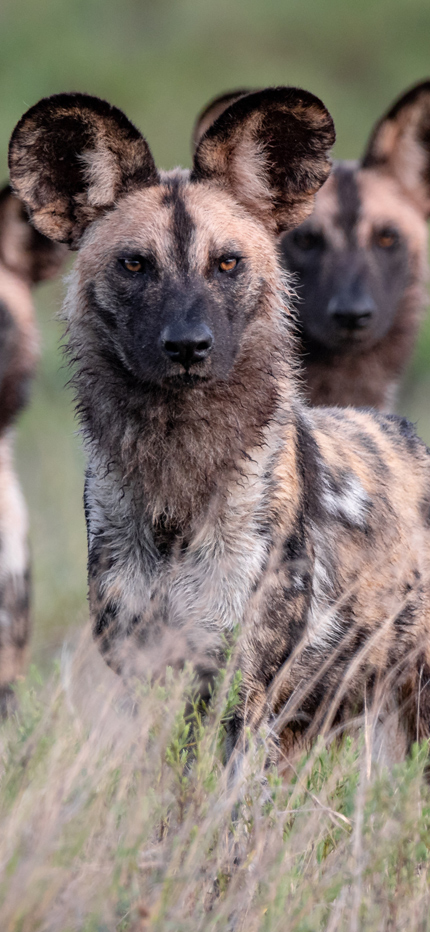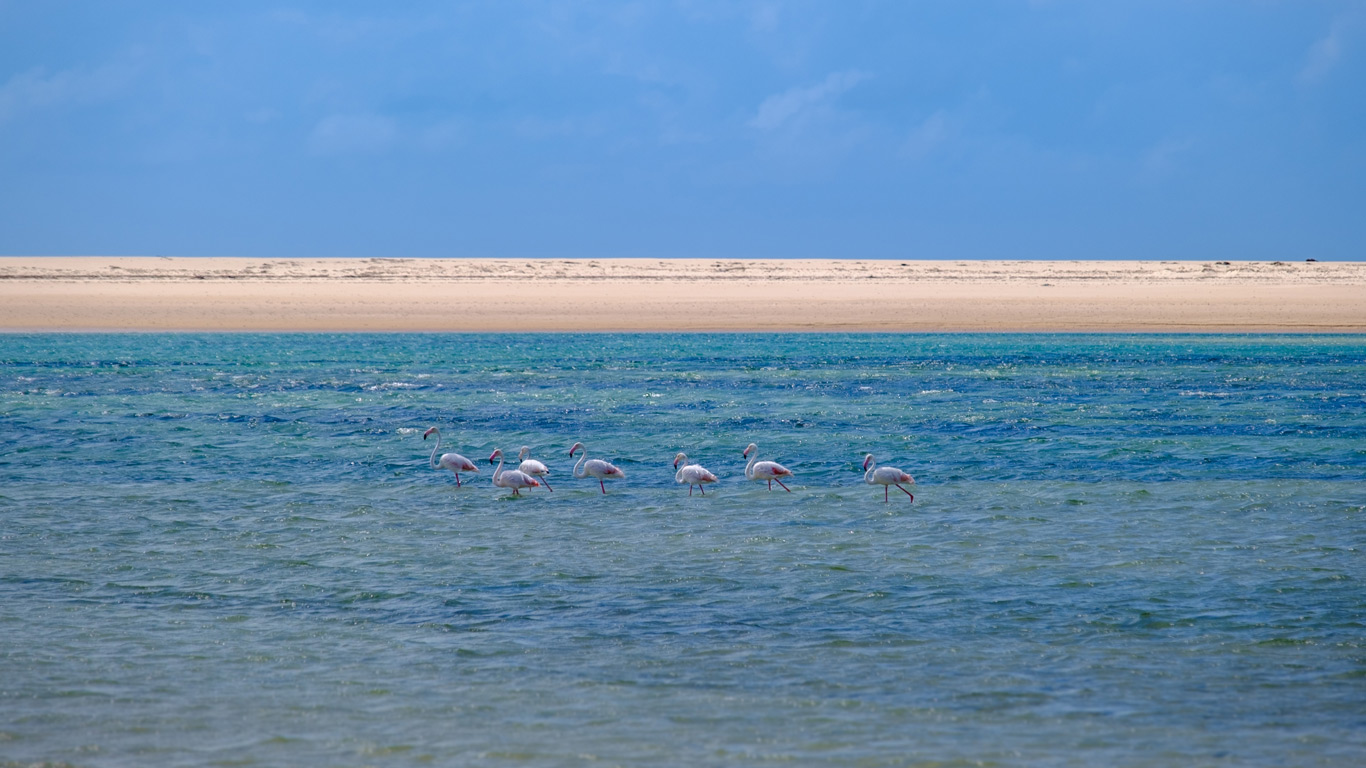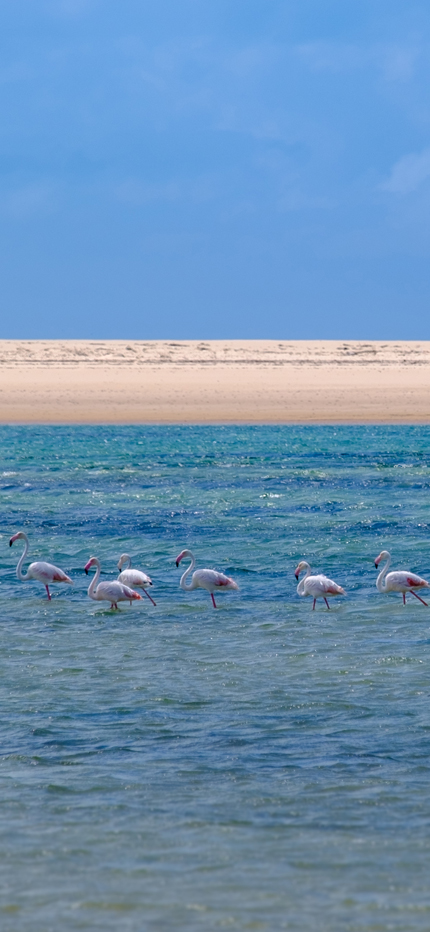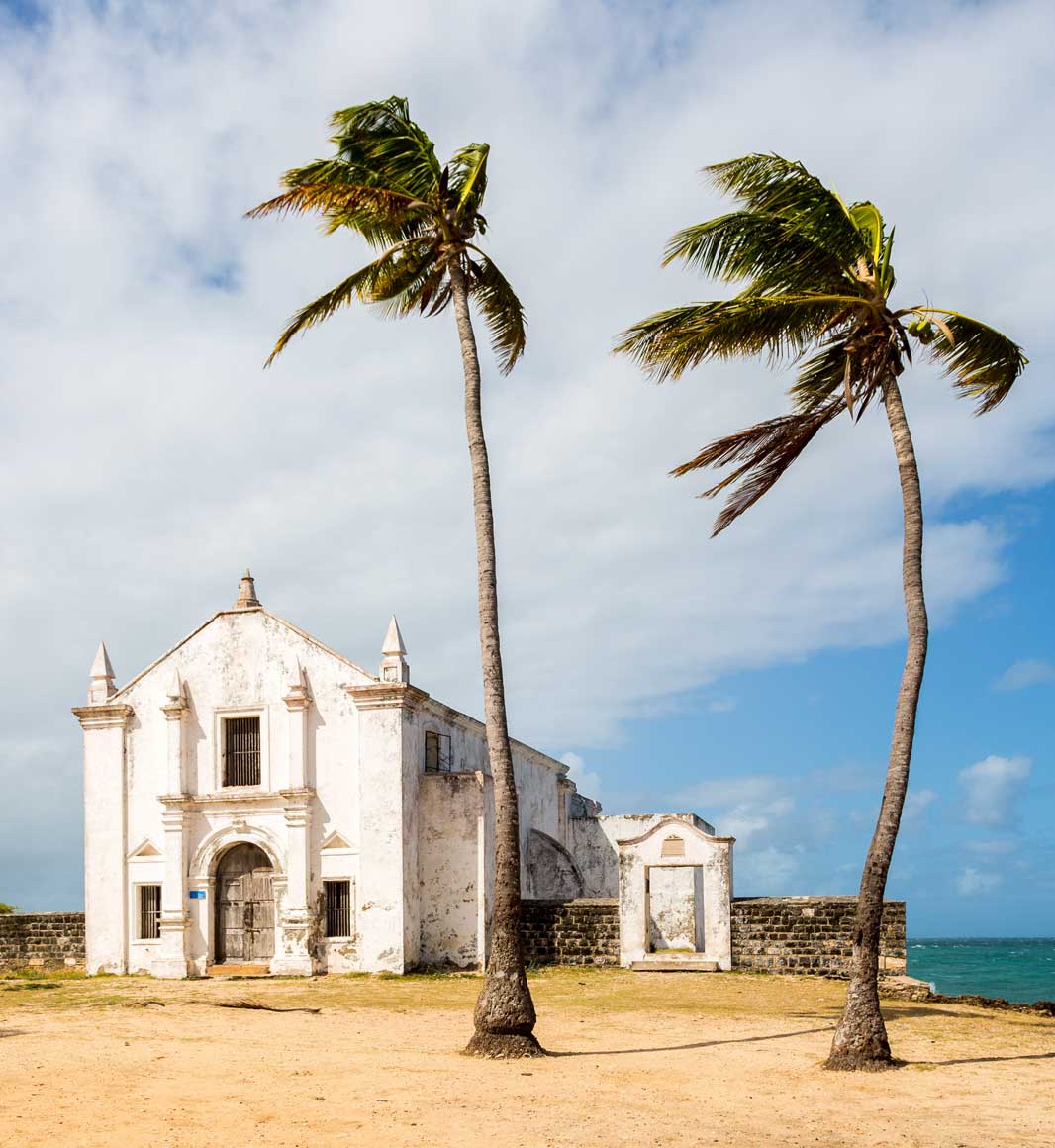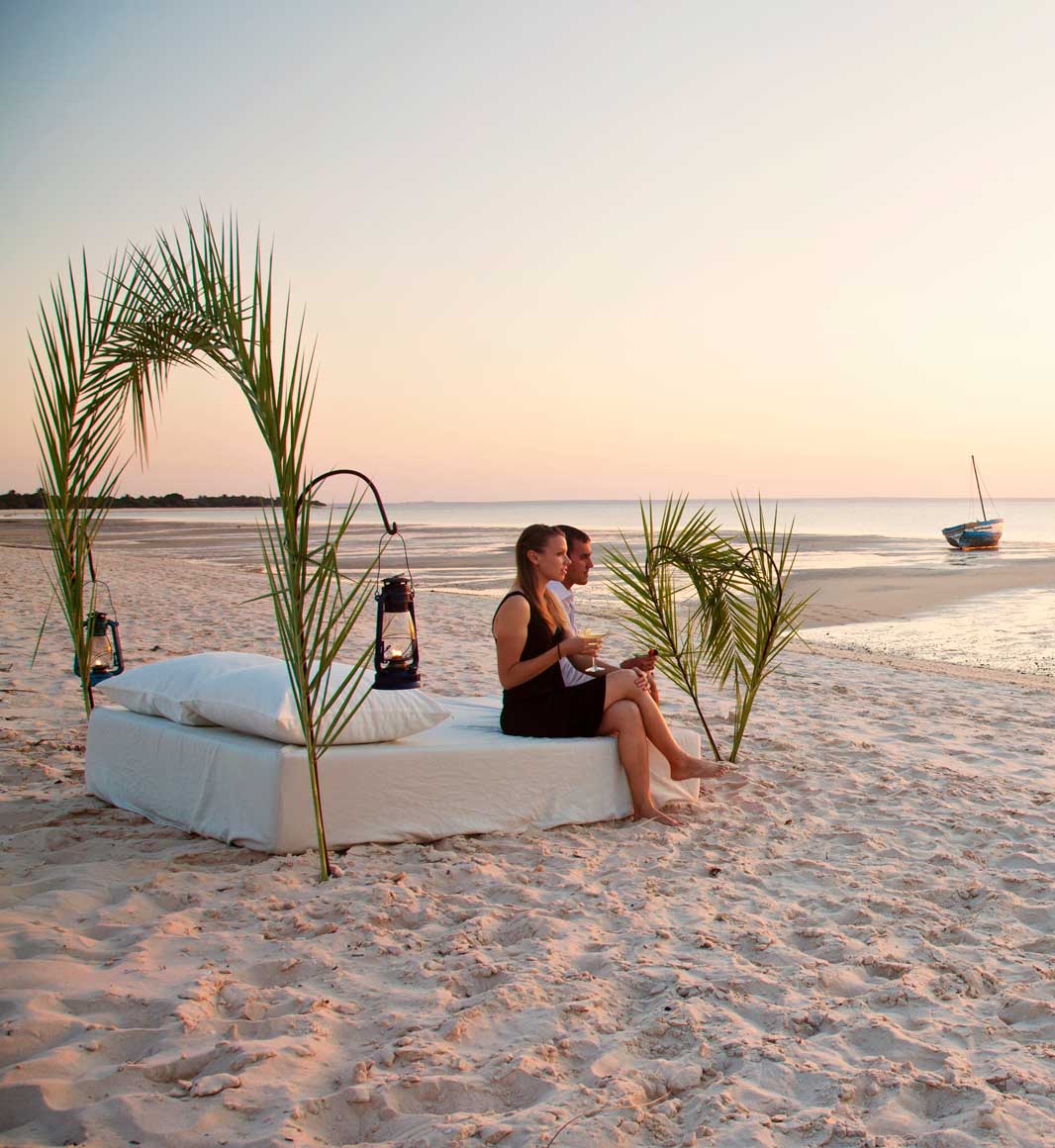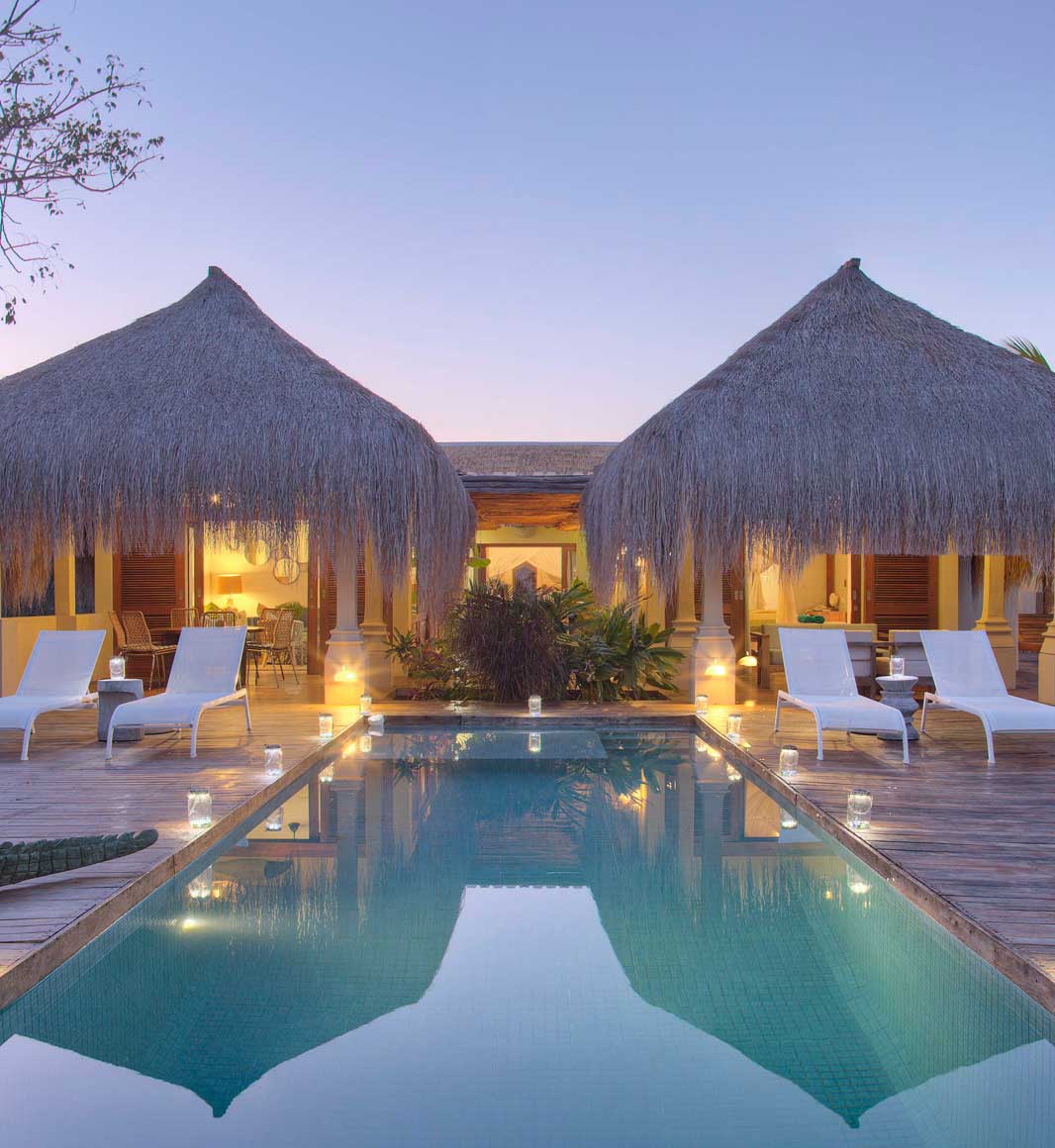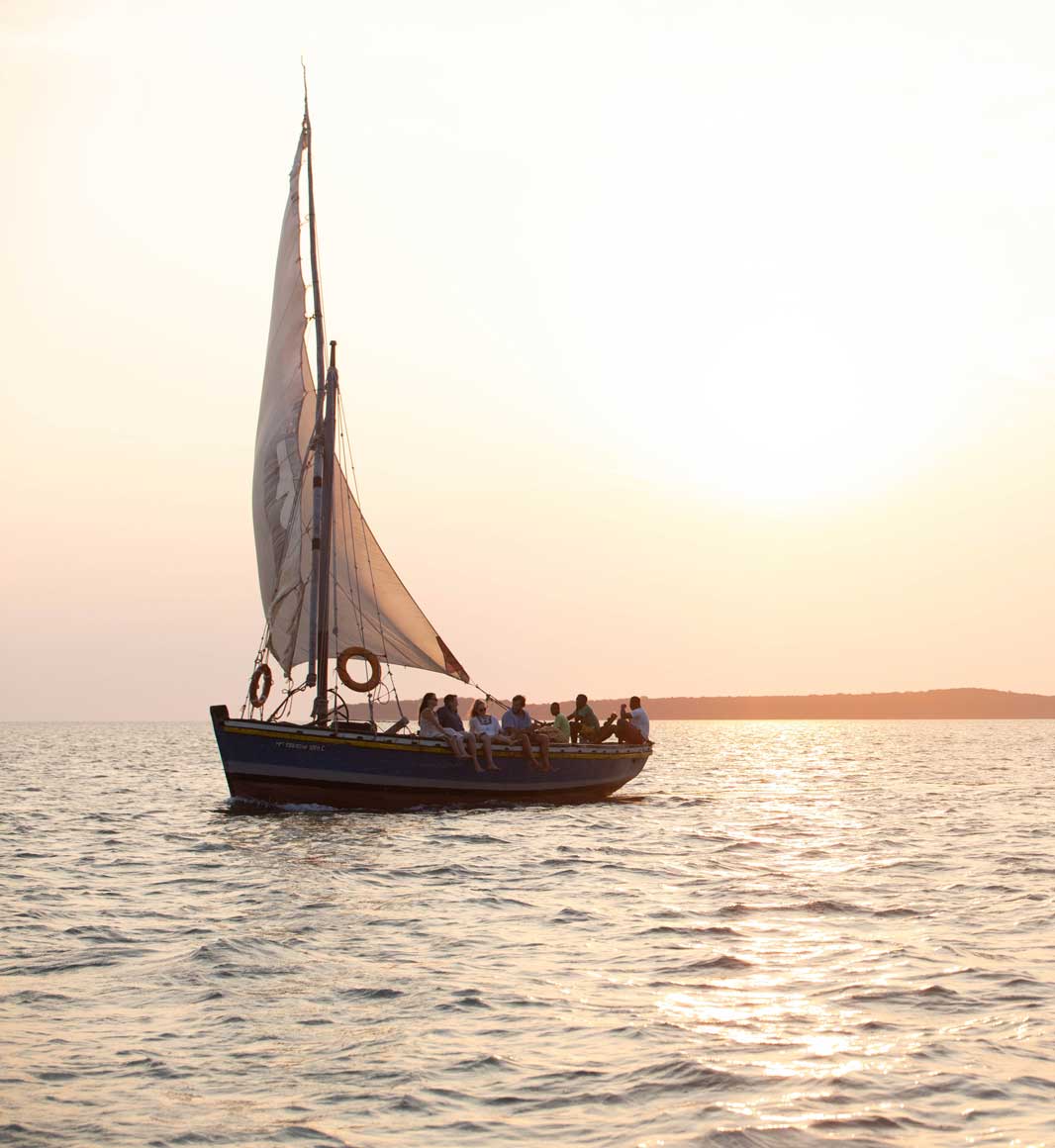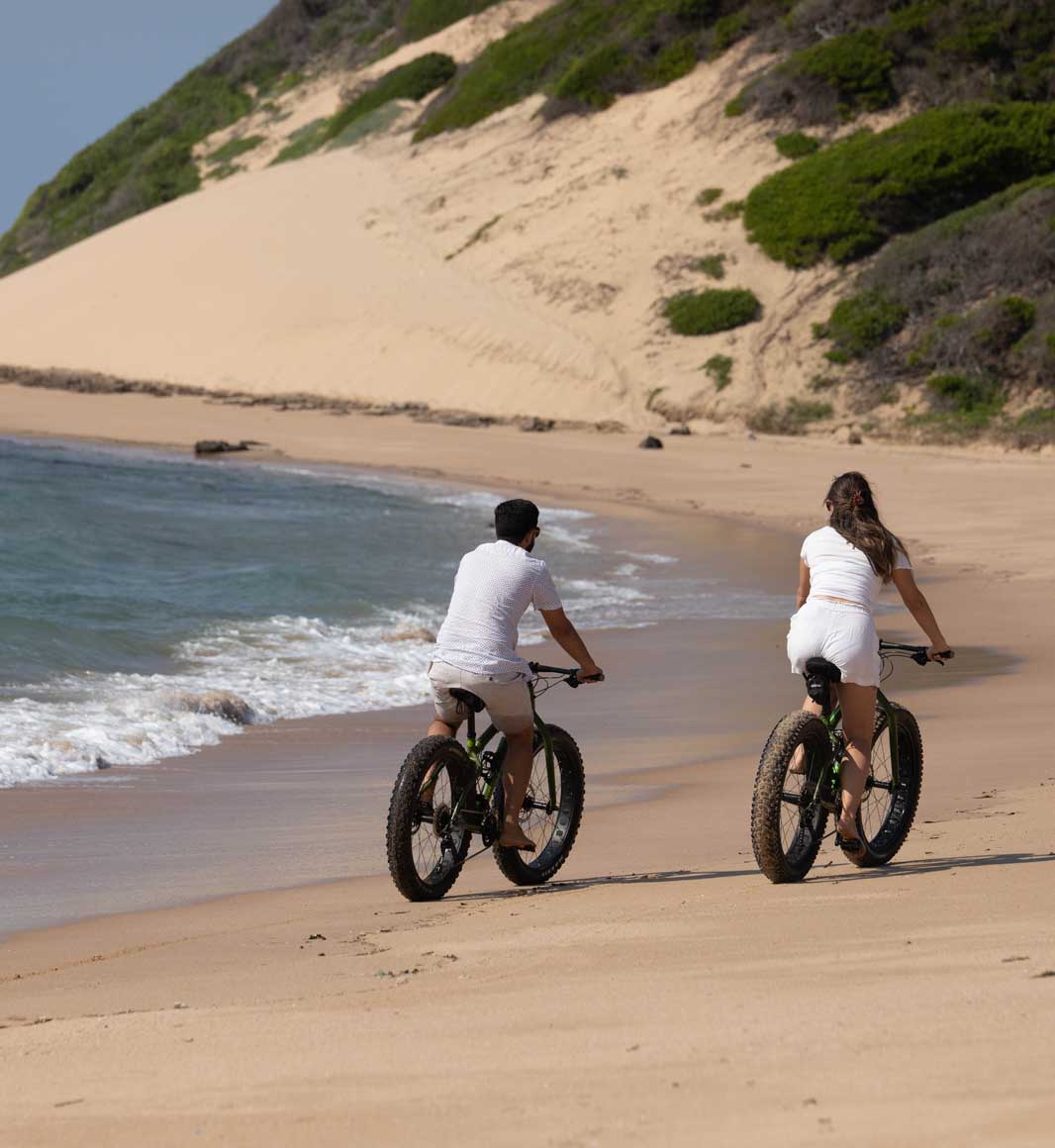Mozambique may be famous for its dazzling array of islands and endless white sand beaches fringing the Indian Ocean, yet this southeast African country has much more to offer.
Considering that the country is relatively new to tourism in comparison to its Indian Ocean counterparts, Mozambique offers an extraordinary array of luxury holidays, experiences and cultural highlights. It’s the perfect destination for a beach, sailing or scuba diving holiday in Africa with outstanding locations to embark on fishing charters.
As a former Portuguese Colony that gained independence in 1975, Mozambique has a colourful history. Islands including Ibo Island and Ilha de Moçambique that lined the old spice trade route still feature impressive colonial architecture influenced by the Arabs, Portuguese, French and Indians. Ilha de Moçambique, a UNESCO World Heritage Site, is home to some of the oldest European buildings in the southern hemisphere.
Highlights of a Mozambique luxury holiday
"Given the wide selection of holiday experiences that can be found in Mozambique, this beguiling country has something to offer every kind of traveller."
Beyond its cultural highlights, Mozambique boasts a stunning array of natural splendours to explore; from canoeing and walking safaris in the pristine Niassa Reserve that stretches over 42,000 square kilometres to game-viewing in Gorongosa National Park famous for its biodiversity. Along the coastline from Tanzania to South Africa the untouched coral reefs make an ideal location for scuba diving, swimming with dolphins and diving with whale sharks in pristine marine environments. Explore the coral-rich waters within the Bazaruto Marine National Park from a private island or head to a luxury villa in Machangulo Peninsula for fishing, biking and sunset dhow cruises.
Indulgent beach holidays in the most magnificent secluded beach surroundings. Amazing wildlife and richly biodiverse regions. Vibrant cultural festivals and activities across the picturesque islands. Given the wide selection of holiday experiences that can be found in Mozambique, this beguiling country has something to offer every kind of traveller. Furthermore, combine a safari in South Africa, Zimbabwe or Botswana with a trip to northern Mozambique to relax in the sun for a truly unforgettable African holiday.
Ready to take the road less travelled?
